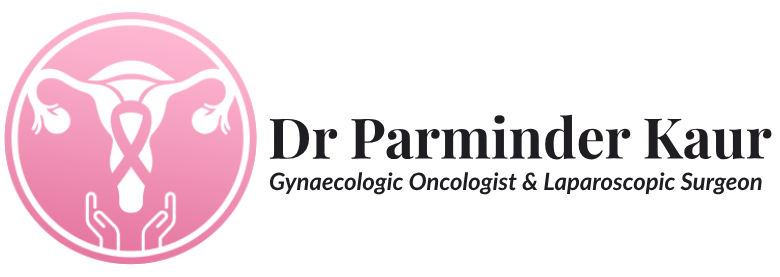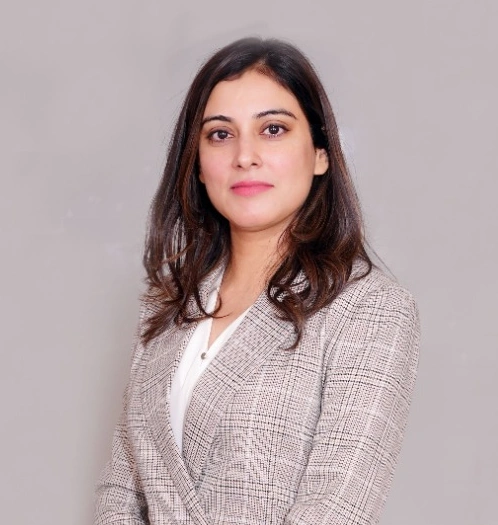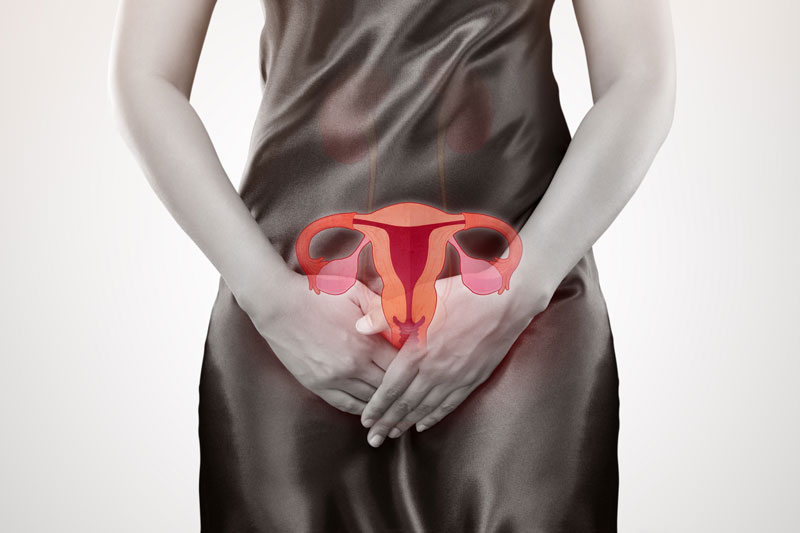Introduction
Many women experience pain or discomfort in the lower abdomen but don’t know what’s causing it. Three common conditions—ovarian cysts, endometriosis, and adenomyosis—can have similar symptoms. But they are different problems that need different treatments. Let’s understand how they differ.
What Are Ovarian Cysts?
Ovarian cysts are fluid-filled sacs that form on or inside an ovary. Most are harmless and go away on their own. But some can grow large, cause pain, or burst. Common signs include pelvic pain, bloating, and irregular periods. A doctor may find them during a pelvic exam or ultrasound.
What Is Endometriosis?
Endometriosis happens when tissue that normally lines the inside of the uterus grows outside it. This tissue can grow on ovaries, fallopian tubes, and other parts of the pelvis. It bleeds during periods but has nowhere to go, causing pain and swelling. Symptoms include painful periods, pain during sex, and trouble getting pregnant.
What Is Adenomyosis?
Adenomyosis is when the tissue that lines the uterus starts growing into the muscle wall of the uterus. This causes the uterus to become bigger and more painful. Women with adenomyosis often have heavy periods and feel pain during menstruation. It is more common in women over 30 who have had children.
How Are They Diagnosed?
Doctors use different tools to find out what’s causing the symptoms. These may include:
- Pelvic exams
- Ultrasounds
- MRI scans
- Laparoscopy (a minor surgery to look inside the abdomen) Each condition looks different and needs proper diagnosis.
Treatment Options
Treatment depends on the condition and how severe it is. Ovarian cysts may go away without treatment or may need surgery. Endometriosis and adenomyosis often require medication, hormone therapy, or surgery to remove or control the tissue.
When to See a Doctor
If you have long-term pelvic pain, heavy periods, or painful periods, don’t ignore it. These symptoms are not normal. A gynecologist like Dr. Parminder Kaur in Delhi can help you understand what’s happening and guide you to the right treatment.
Conclusion
Ovarian cysts, endometriosis, and adenomyosis may feel similar, but they are different. Knowing the difference helps you get the right care. If you have ongoing pain or discomfort, talk to a doctor and take the first step to feel better.





